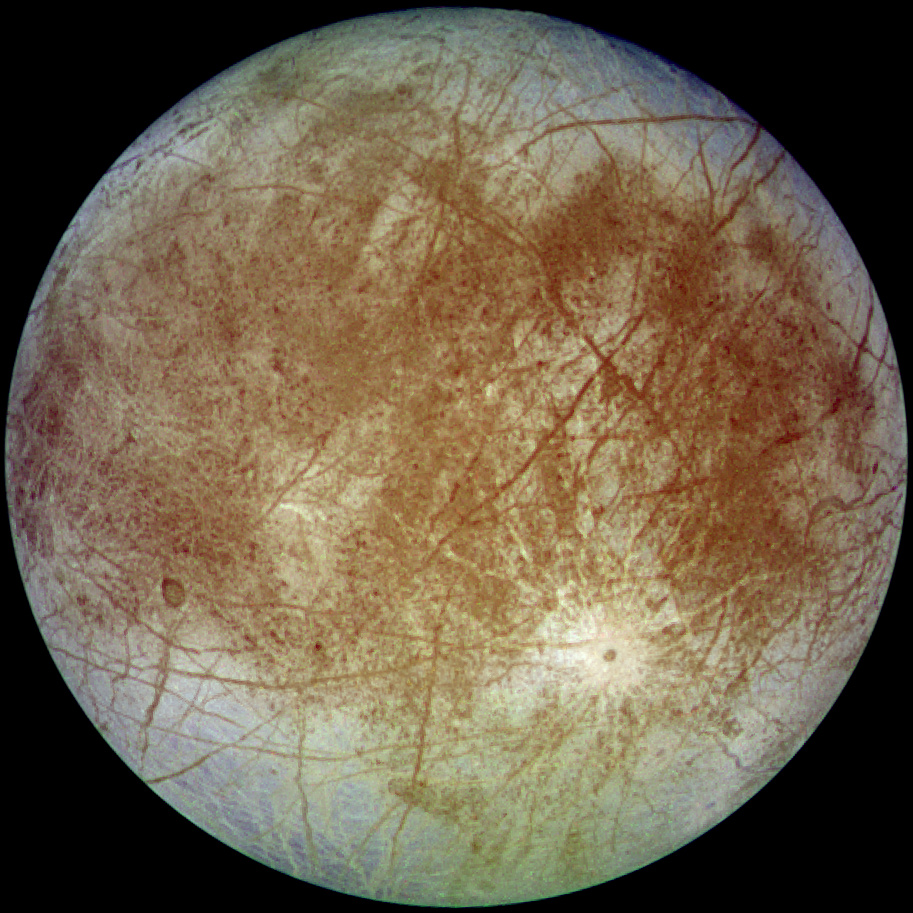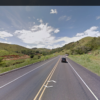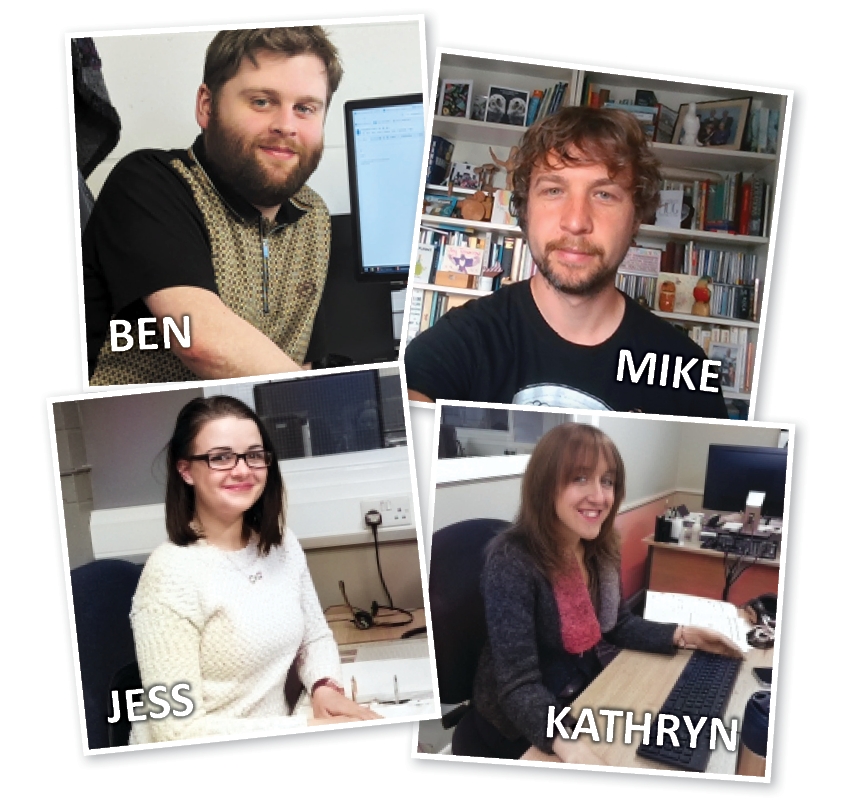Google Maps has always been super-useful, but in recent years it’s got really exciting. A few years ago, Google teamed up with NASA and The European Space Agency to let you venture to Mars, the Moon, Mercury and even the International Space station without leaving your sofa! And now they’ve added even more planets and moons in our solar system. You can even see Pluto (the dwarf planet not the Disney character) and if you zoom in enough, you can see all the craters on the surface with their different names.
You might have already known about viewing the Space station, etc. but if you’re new to Google Maps, here’s how to see all the new moons and planets:
- Open Google Maps – https://www.google.co.uk/maps
- Zoom out as far as you can by using the “-” button in the bottom right corner of the screen.
- Then switch to “Satellite” view using the button in the bottom left corner of the screen.
- Then use the “-” icon again to zoom as far out as you can.
- A list should appear on the left hand side of the screen with all the different planets and moons that you can view. If you can’t see this straight away, click on the arrow in the top left corner of the screen.
- Click on any of the planets and moons to view them and use the “+” and “-” icons to view them close up and further away. You can also click and move your mouse around to show a different part of the moon or planet.
Google have taken the photos from Cassini, a NASA spacecraft that has been in space for 20 years, its main focus being Saturn. It took 7 years to reach Saturn and then spent 13 years sending pictures back of Saturn’s moons. It even discovered new rings around Saturn and potential life on one of its many moons.
I would certainly recommend checking out the International Space Station, you can learn about the different parts of the station and what they all do. Also have a look at some of the detail on Mars. Thanks to one of NASA’s rovers, you can zoom right in and see what the surface of Mars looks like, quite fascinating really, especially as NASA are getting closer to sending an actual human there (I say closer, I mean in the next ten years or so).
It’s certainly worth having a play around to see what you can find.
Sadly this feature only works on the website, it isn’t available on the Google Maps app.
So if you’ve got a spare 5 minutes (or a few hours, not that I’ve been messing about with it for that long…) then do have a nosy and see what you think,
Jess 🙂



